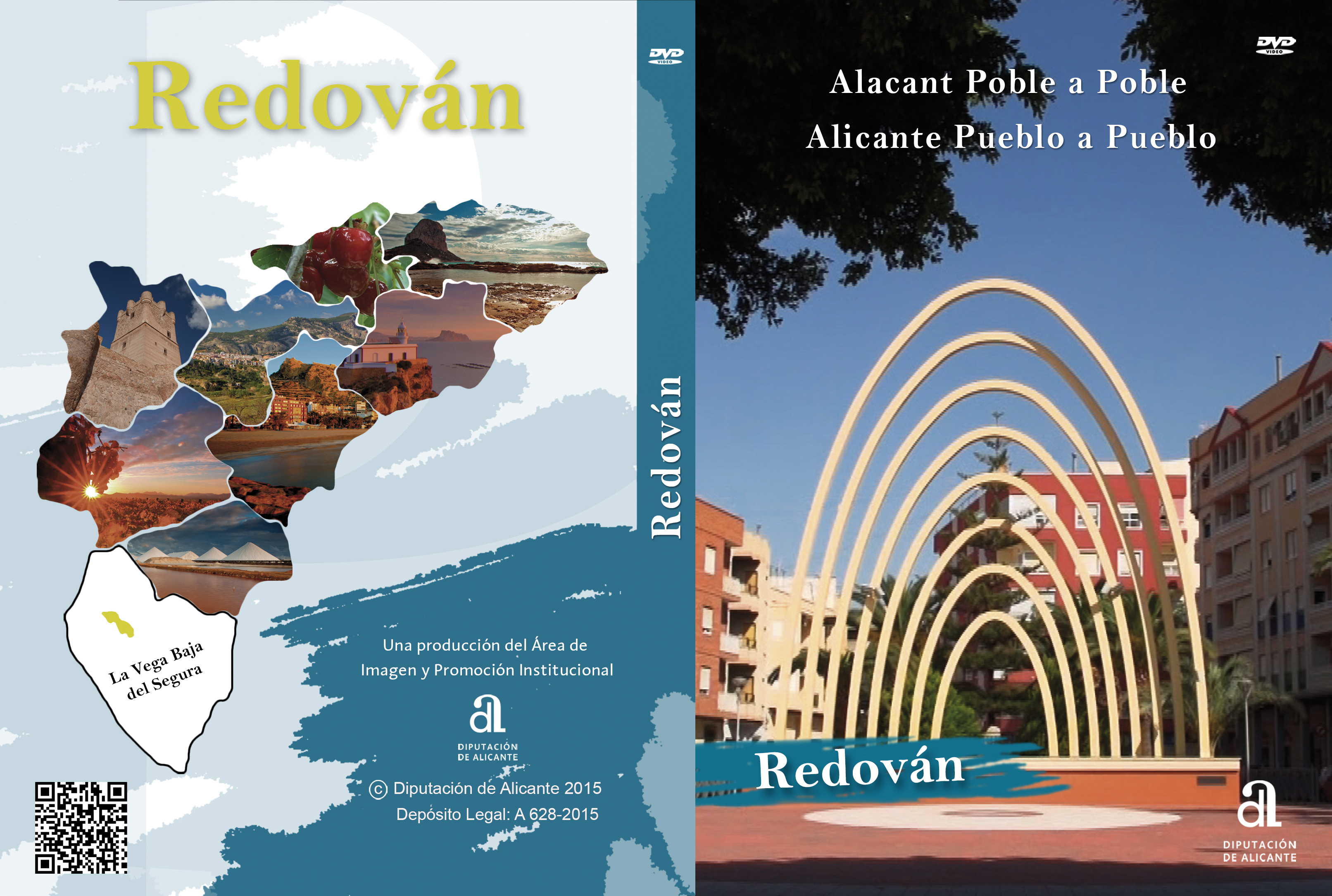Redován 4/30/2018. At the moment it is a mystery, but little by little the details of a strange painting that appeared during maintenance works that have been carried out in the City Council of Redován will be discovered. The building, an ancient palace that served as residence for the Order of Preachers, was completed in 1726, and around that date the painting that has now been discovered on the roof is dated, a face that according to the mayor, Emilio Fernández , “The elderly attribute to Ridwan, a Moorish related to the origins of Redován, although there is no certainty about it.”
With respect to the authorship, “it is attributed to the masons who executed the roof,” explains Fernández, a part of the former Palace-Residence that has never been modified. The rest of the building has received modifications during its nearly three centuries of history, the first in 1968, when the work was begun to convert it into a Town Hall, and the second in 2000 to modernize its interior as it is known. nowadays. The work carried out now consisted in the repainting of the façade, and it was on going up with the machines when the curious painting was discovered.
The mayor admits that everything related to this face is “a mystery to be discovered” that will continue at the moment in the place it has occupied and where it has been maintained for nearly three centuries. “It has always been there in the open and it will continue there because it has never been covered with anything and the polychrome has remained,” says Fernández.
Who was Ridwan?
Abul Un’Aym Ridwan was a military vizier of the Nazari kingdom of Granada who carried out several attacks in the Vega Baja del Segura during the 14th century, including one at the Guardamar Castle. He chose Redován to install a space to shelter himself while allowing a quick escape to the Camino de Fortuna in case of having to flee, which motivated that in the nearby towns began to be called our town as ‘the place of the Reduan’ , where the current name comes from. Ridwan was born in Calzada de Calatrava and was first slave of the Muslims to later embrace their faith and become a prominent member of the Nazari Kingdom. Not only dedicated his life to the military, but also was a man lover of science and literature to which is attributed the creation of the first ‘madrassa’ or university in Granada.







